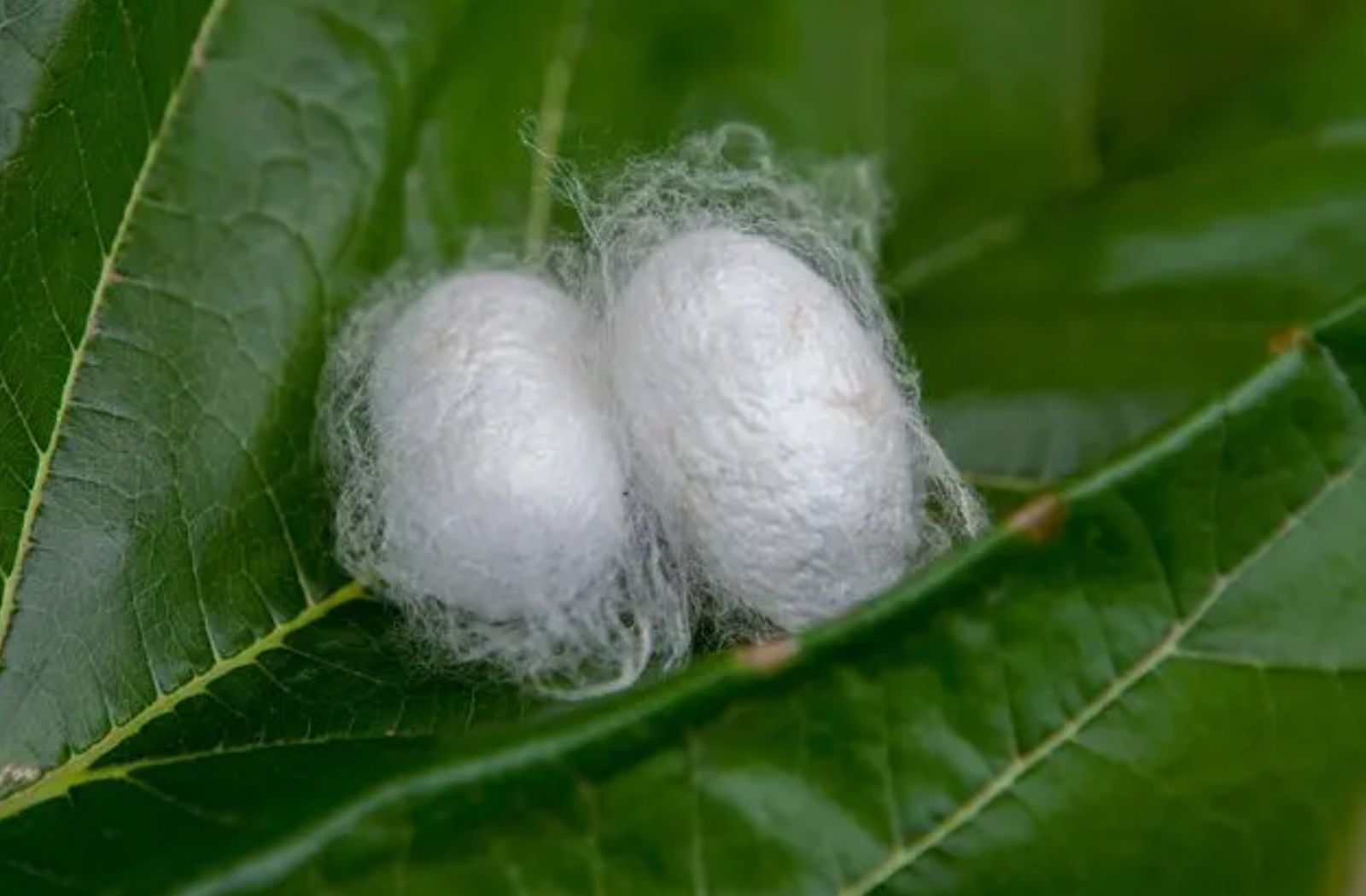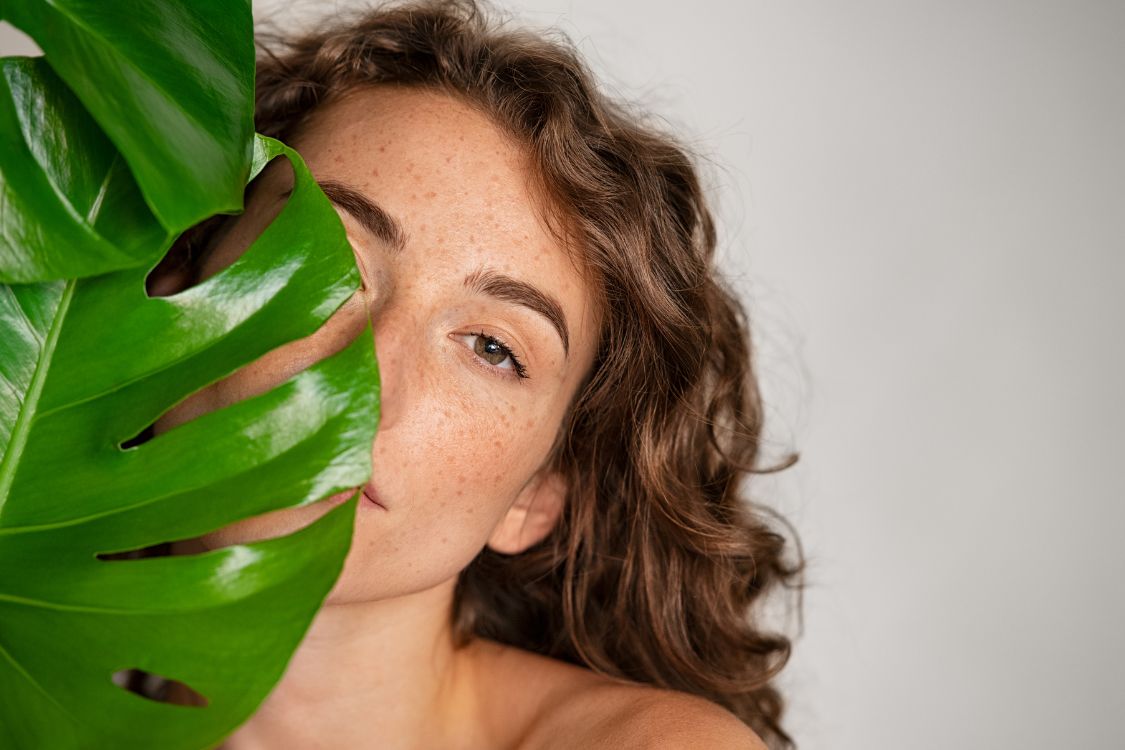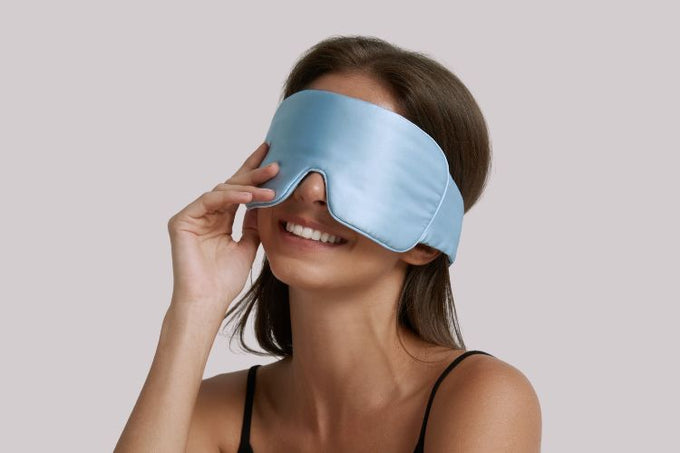Everything you need to know, If you're a silk lover.
Silk is the strongest natural protein fiber, renowned for its shimmering and soft texture, making it a famously luxurious fabric. The most common silk is produced from silkworms which mostly live on mulberry bushes.

No. There is a wide variety of silks including the following, but not limited to.
- Mulberry silk: The most common kind of silk made by Bombyx mori silkworms. Mulberry silk is considered the finest grade type of silk because of its fine, silky, soft, and strong strands.
- Tussah Silk: Produced from wild tussah silkworms, this silk has superior elasticity and strength but is rougher and darker than mulberry silk. It is frequently applied to stronger textiles.
- Eri Silk: The fibers from the Eri silkworm are rougher and less glossy, but they have a distinct feel and texture that makes them ideal for particular fabrics and ornamental objects.
- Muga Silk: Mostly used for coarse textiles and handcrafted crafts, Muga silkworms are known for their somewhat coarse and darker-colored fibers.
Mainly two proteins: Fibroin and Sericin.
- Fibroin: Comprising 70%-80% of the silk fiber, fibroin has a high degree of crystallinity and strength, making silk fibers very durable. Rich in amino acids like glycine, alanine, and serine, fibroin has excellent moisturizing and repairing properties for the skin.
- Sericin: Making up 20%-30% of the silk fiber, sericin is a gummy substance, good for skincare for its adhesive and moisturizing qualities.
- Luster and Touch: The texture is soft with a natural flattering sheen. The fabric's smooth touch makes it very comfortable to wear.
- Moisture Absorption and Breathability: Silk is incredibly breathable and has a high capacity to absorb moisture, up to 30% of its weight in water without feeling damp. The numerous microspaces within silk fibers allow for air passing through and lead to feeling cooler.
- Strength and Elasticity: Despite their delicate softness, silk fibers are incredibly strong, with tensile strength exceeding that of many synthetic fibers. However, it can be damaged when wet and exposed to too much sunlight.
- Moisturizing Effect: Silk contains 18 amino acids, similar to those in human skin, which can efficiently trap moisture to maintain smooth, hydrated skin.
- Hypoallergenic: Silk fibers are perfect for delicate skin because they are inherently gentle and provide the least amount of skin discomfort. Because silk has inherent antibacterial and anti-mite qualities, it also helps lessen skin sensitivities and irritation.
- Promotes Skin Repair: Silk contains fibroin, which promotes cell metabolism, accelerates wound healing, and lessens the creation of scars to help with skin regeneration and repair.
- Anti-Aging: The smooth texture of silk fibers reduces friction, which helps to keep skin looking young and wrinkle-free.

While silk fabrics are luxurious, they require special care. It is best to hand wash or dry clean, avoiding strong alkaline detergents to prevent damage to the fibers. When storing silk, avoid direct sunlight to prevent fading and fiber degradation.
As mentioned, the fabric is pure, natural, and biodegradable, making it environmentally superior to synthetic alternatives with a much lower carbon footprint.
On the other hand, the traditional production of synthetic fibers is far from green, as they are derived from non-renewable petrochemicals. This process requires energy-intensive technology, results in non-biodegradable products, and poses challenges for recycling.





